Article: The best solution to saving money and getting fresh air indoors is heat recovery ventilation
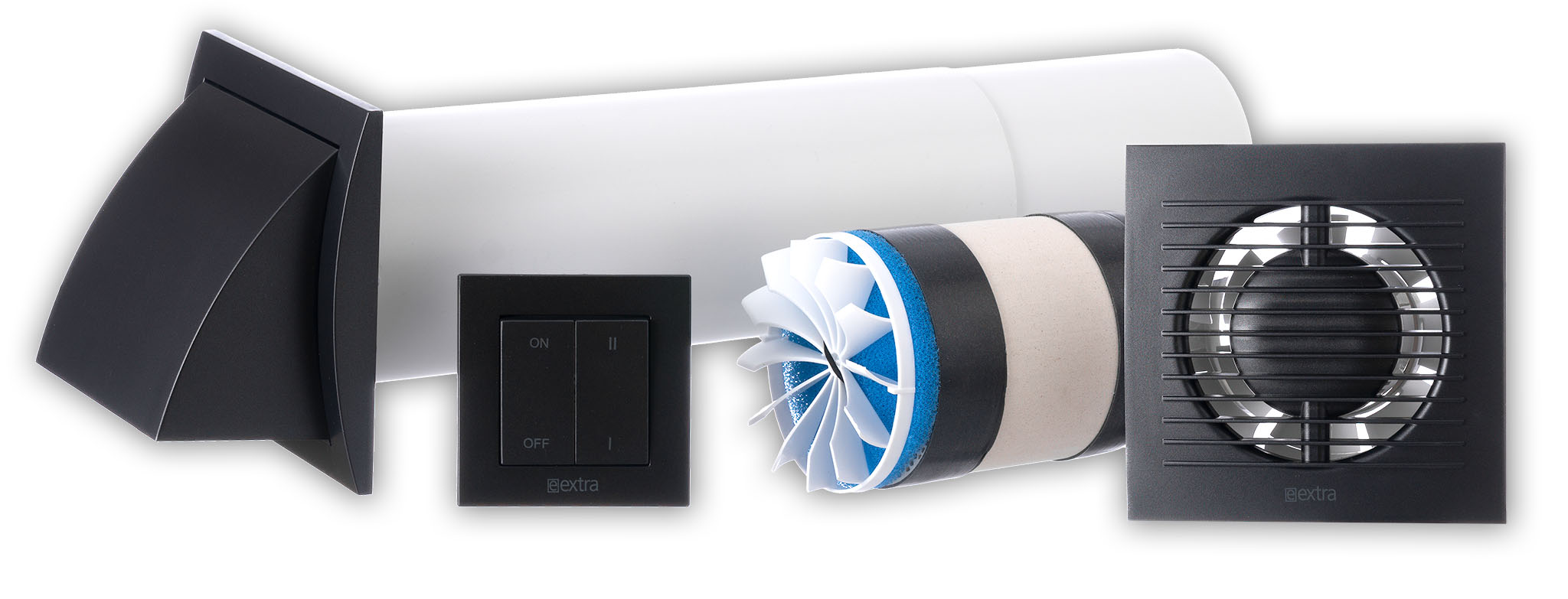
The best solution to saving money and getting fresh air indoors is heat recovery ventilation
In pursuing energy efficiency and sustainable living, technologies have emerged to transform how we ventilate our homes. This article delves into the advancements in single room heat recovery units. These units are designed to provide efficient ventilation, reduce energy consumption, and enhance indoor air quality.
Decentralised Single Room Heat Recovery Unit - Ventilation Solutions for Modern Living
Modern life requires energy-efficient solutions that ensure efficient energy use and provide the necessary air exchange in the room. With impressive efficiency, the ventilation system recovers up to 85% of the heat from the extracted air, promoting air exchange throughout the year.
Heat recovery Unit components
-
A two-way fan that automatically changes the direction of airflow every 70 seconds.
-
Telescopic air duct adjustable for wall thickness 300 - 555 mm (approx. 12 - 21 inch).
-
Ceramic heat exchanger unit with two EU1 class filters to prevent particles of large fractions from entering the premises.
-
Ventilation grills with a cover to protect the air duct outside the house. Prevent air ducts from wind, rain and snow.
-
Switch with the ON/OFF function and ventilation speed to switch between the two modes.

How Does a Room Heat Recovery Unit Work
Decentralised Heat Energy recovery takes place thanks to the reversible operation of the fan, which consists of 2 cycles.

Heat Recovery Cycle I
The warm, consumed exhaust air passes out of the room and flows through the ceramic heat exchanger. The exhaust air heats and humidifies the heat exchanger. In 70 seconds, the heat exchanger heats up before the fan switches to the supply air mode.
Heat Recovery Cycle II
The fresh outdoor air flows through the ceramic heat exchanger, which removes stored heat until the room reaches the temperature.
In 70 seconds, the heat exchanger cools down, and the fan switches to exhaust mode. The cycle starts again. Switching between the supply and exhaust mode takes place every 70 seconds.
A decentralised MVHR unit (Mechanical Ventilation with Heat Recovery) is designed for continuous operation 365 days a year.
Decentralised mechanical ventilation with heat recovery (MVHR) - ideal for different rooms
A heat recovery unit is the ideal solution for use as a decentralised unit in different rooms, offering efficient heat recovery and ventilation. It is designed for easy installation without significant renovations and is suitable for kitchen, bathroom, garage and other spaces.
Easy Installation and Maintenance
Designed for easy installation and maintenance. The heat recovery ventilation device can be easily installed in the external wall by drilling a hole of the required diameter or replacing the existing exhaust fan if it is installed in the external wall.
Before replacing existing exhaust fans with a heat recovery system, you should check the following:
- the fan is installed in the outer wall.
- hole diameter corresponds to the chosen model, e.g. For a 4-inch heat recovery kit, the outside diameter of the duct is 106 mm or 4.17 inches.
- wall thickness is between 300 - 555 mm (approximately 12 - 21 inches). The unit is adaptable to different wall types and thicknesses.
Replacing the exhaust fan with a heat recovery system keeps the room warm and saves money by maintaining air exchange.
Frequently Asked Questions - Heat Recovery System Benefits
Heat recovery ventilation addresses common problems with humidity condensation, moisture, and mould, highlighting the cost-saving potential of heat recovery systems. These systems can recover up to 85% of heat, saving heating costs, reducing energy bills and improving indoor air quality.
Conclusion
In conclusion, developing single-room heat recovery equipment is essential for sustainable, energy-efficient home ventilation. Heat recovery ventilation addresses the growing demand for efficient, decentralised ventilation solutions. These solutions have their own role in creating healthier, more energy-efficient living spaces.

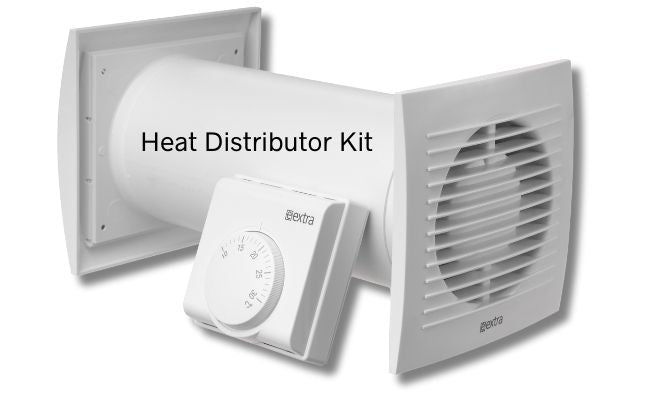
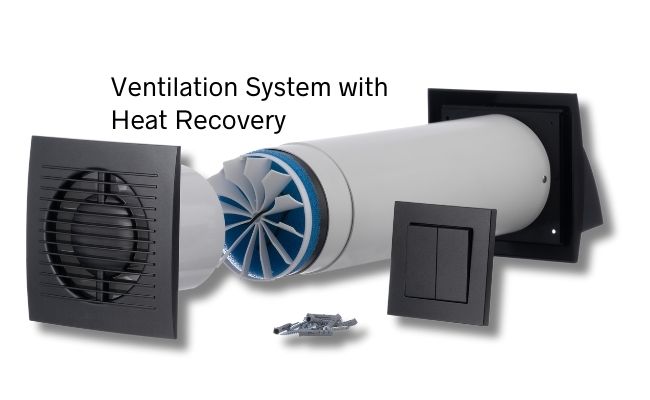
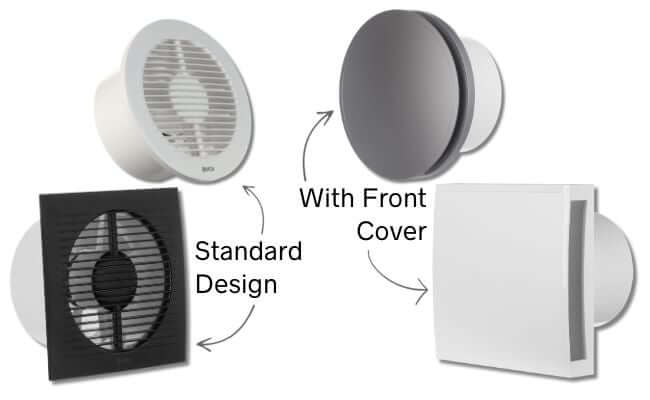
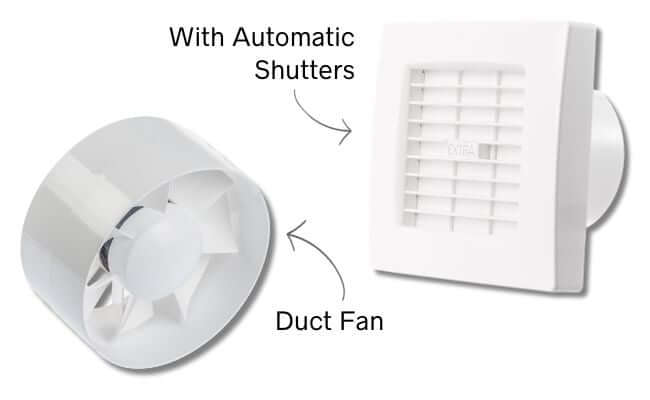

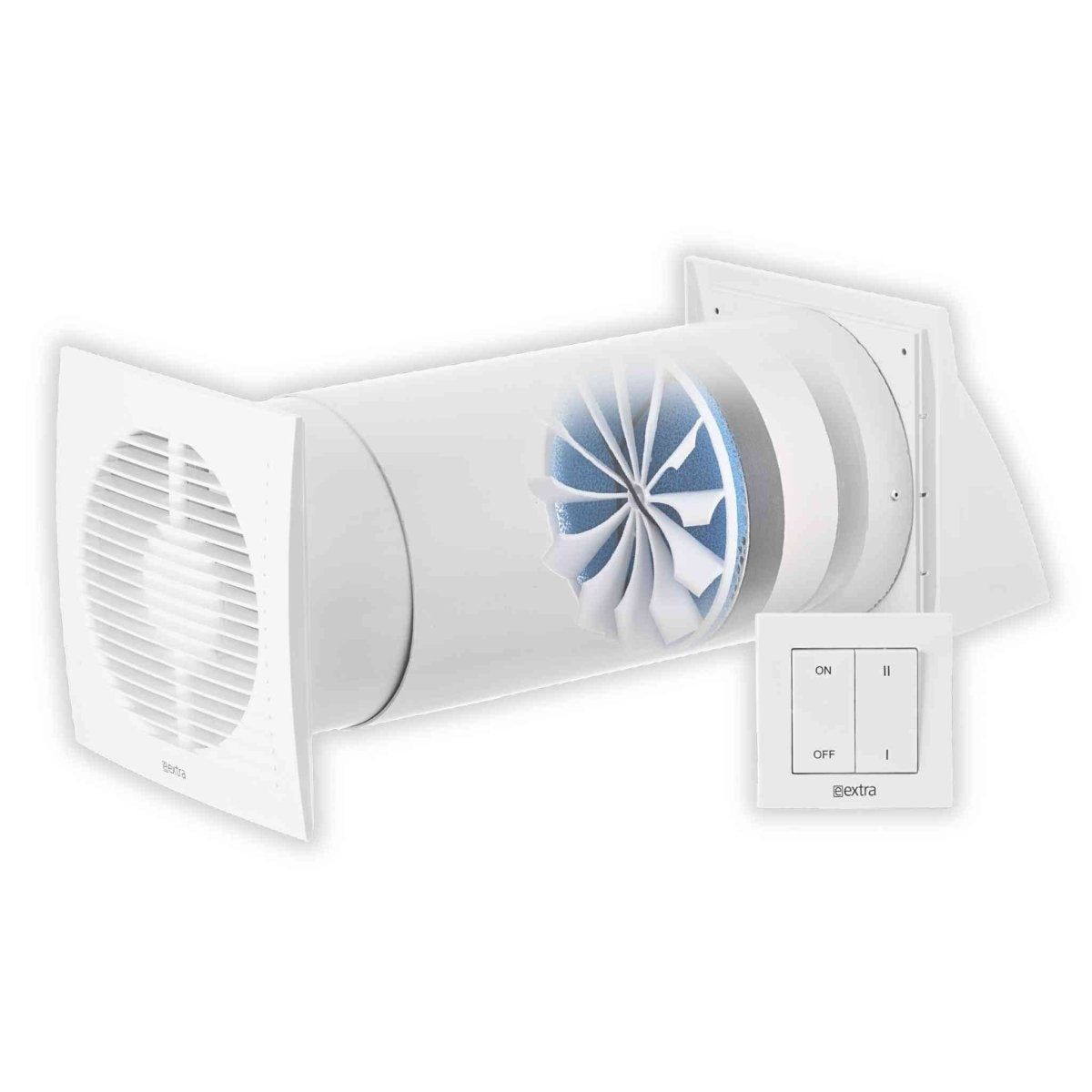
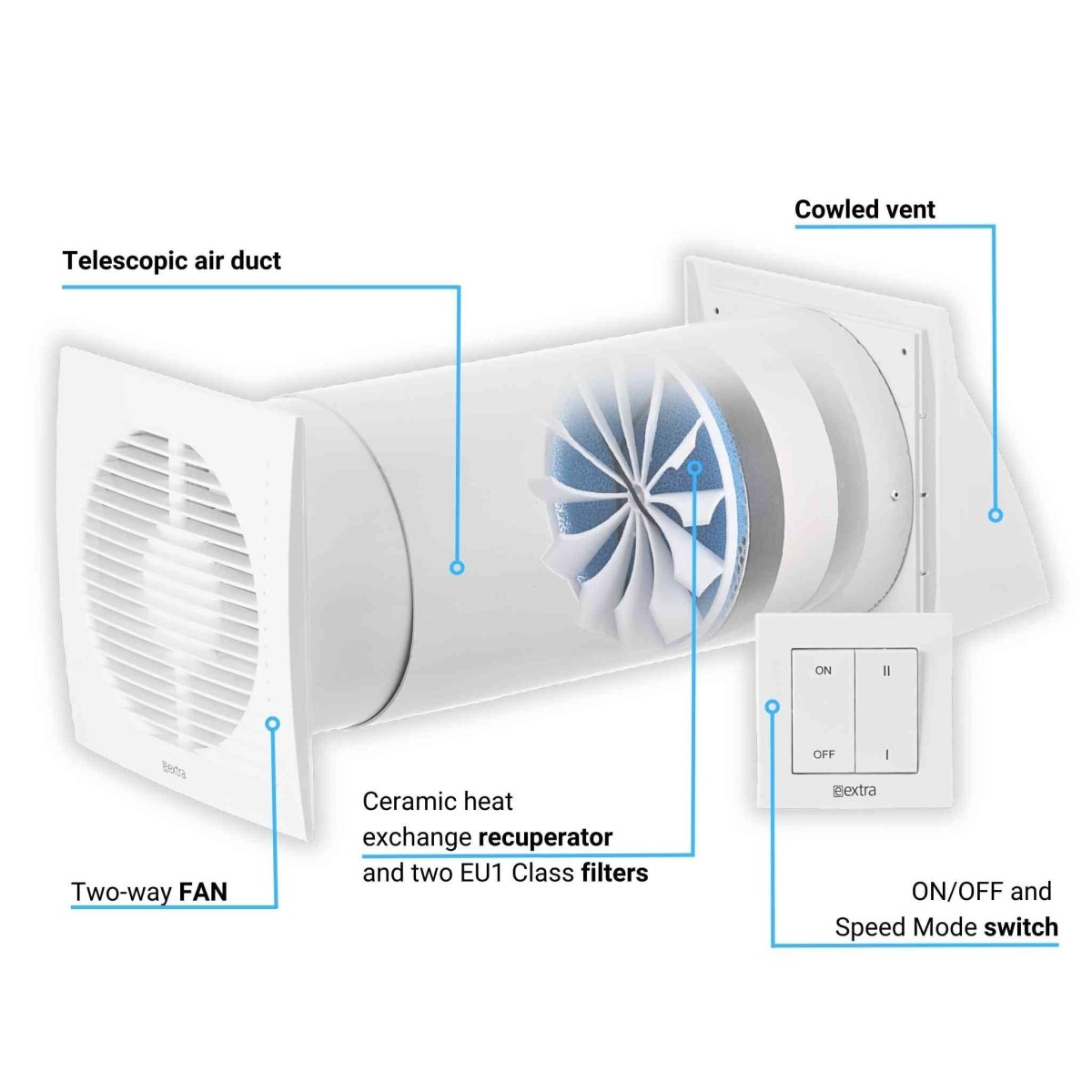
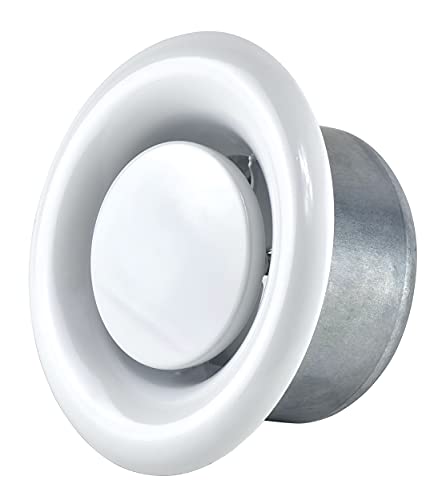
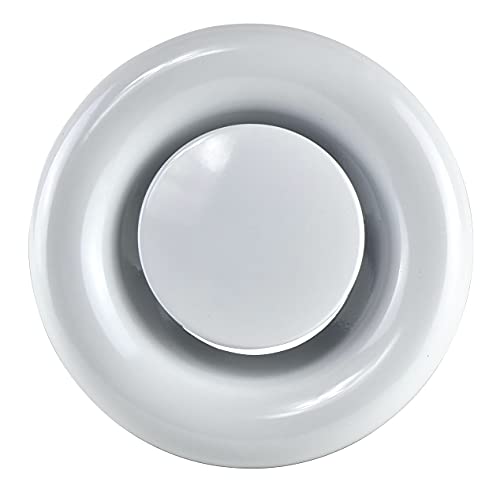
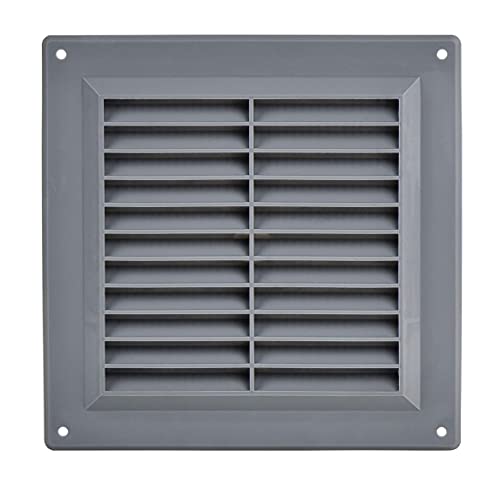
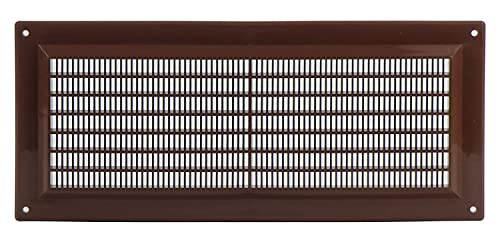
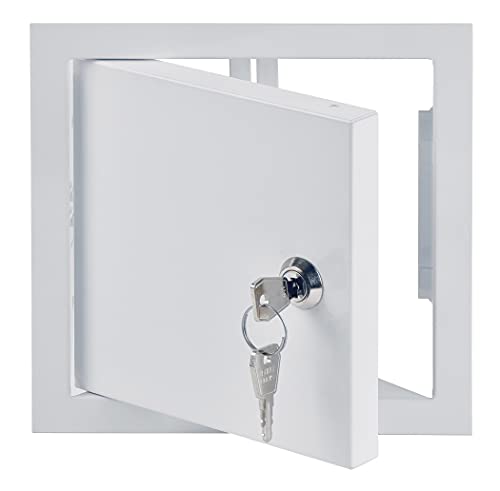
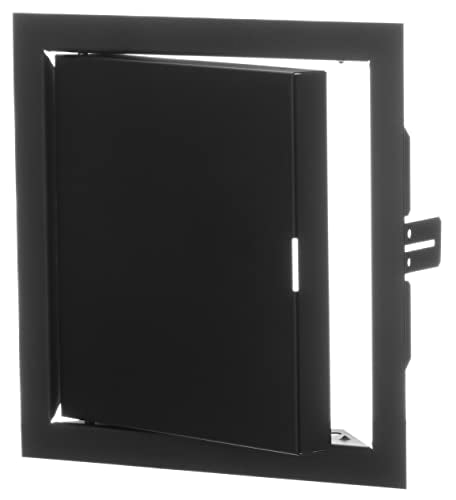
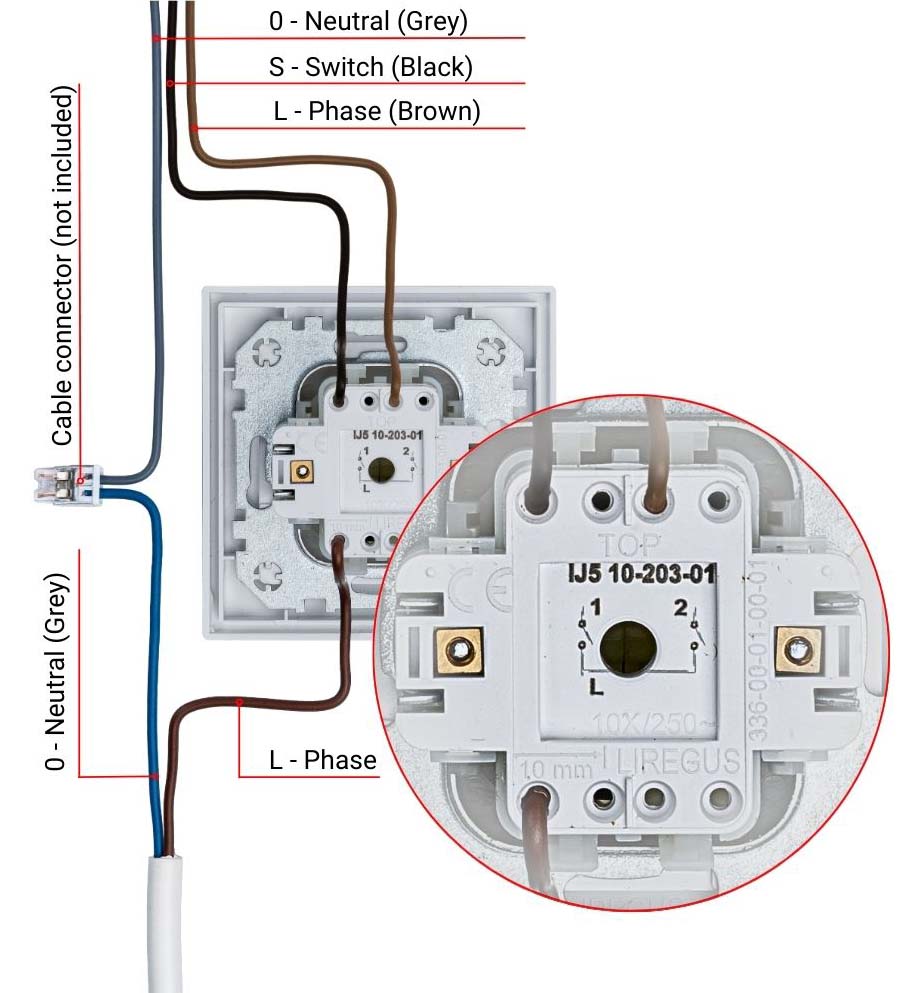

Leave a comment
This site is protected by hCaptcha and the hCaptcha Privacy Policy and Terms of Service apply.